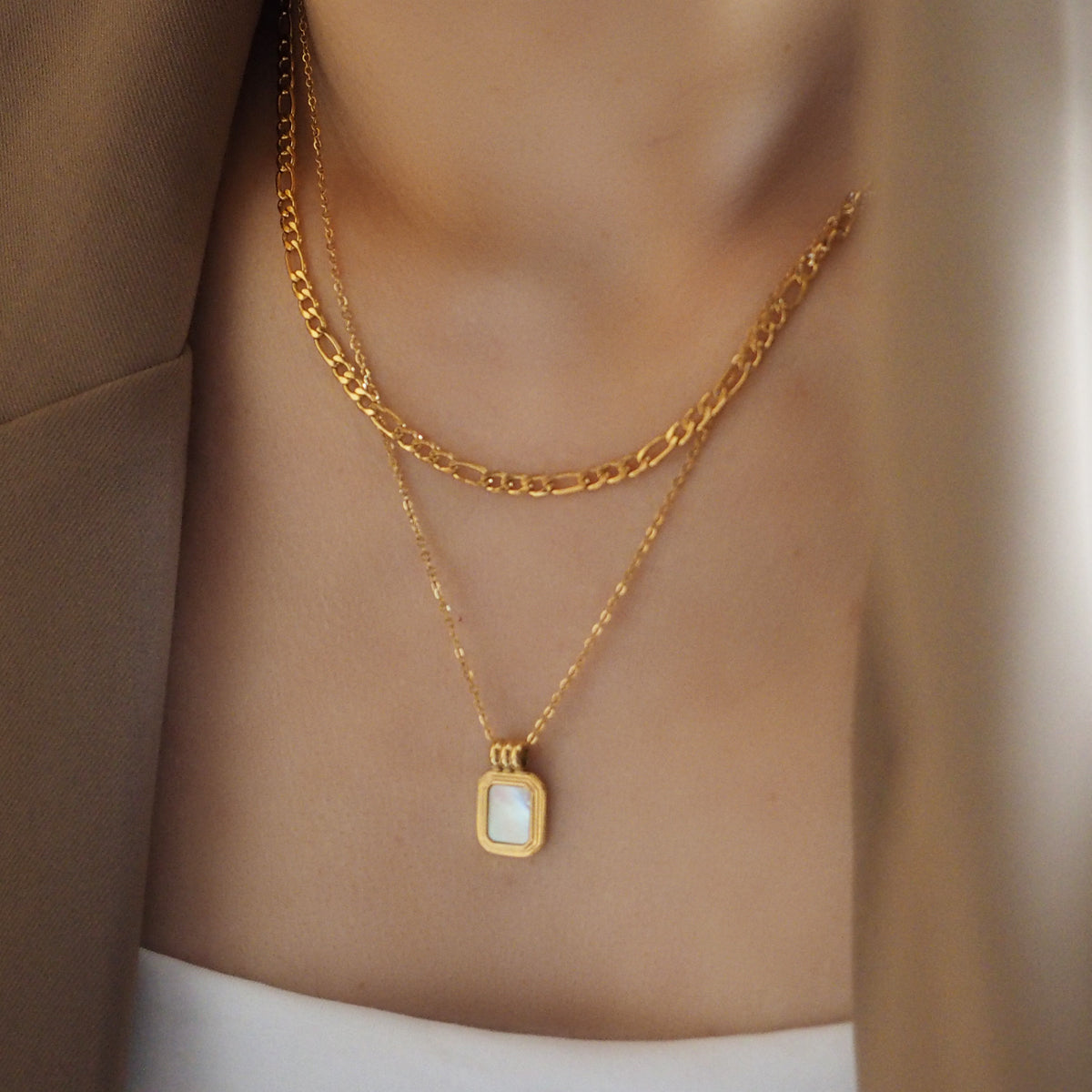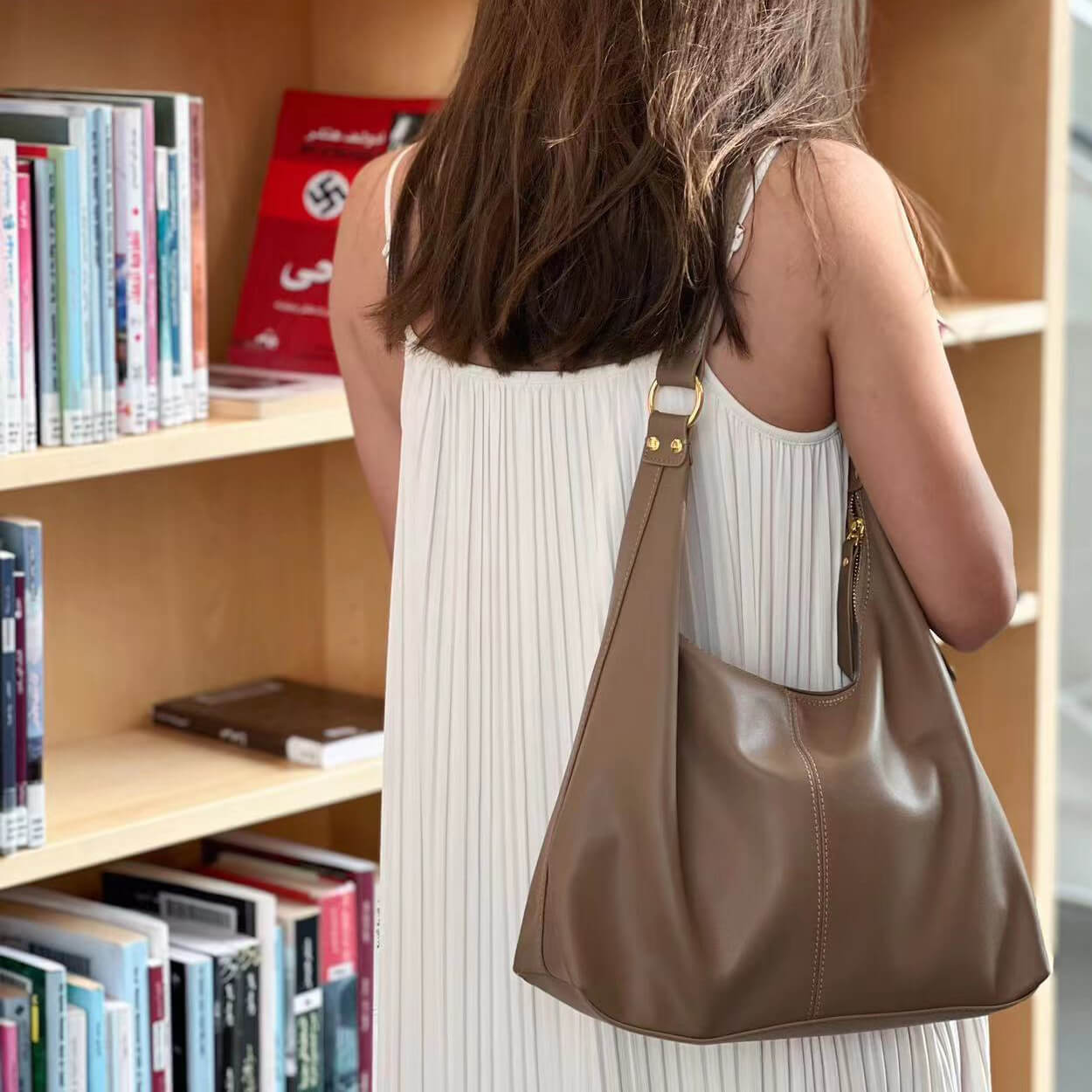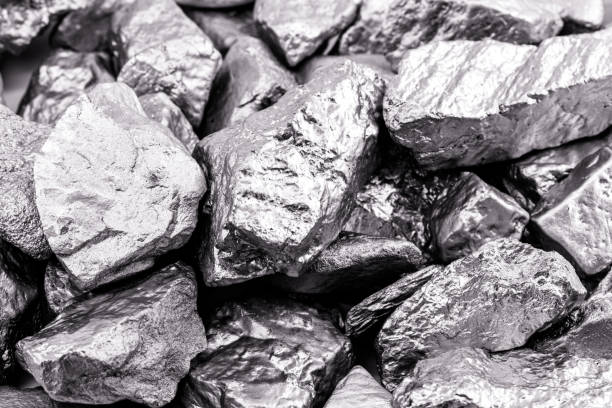Article: Jewellery Metals That Don’t Tarnish
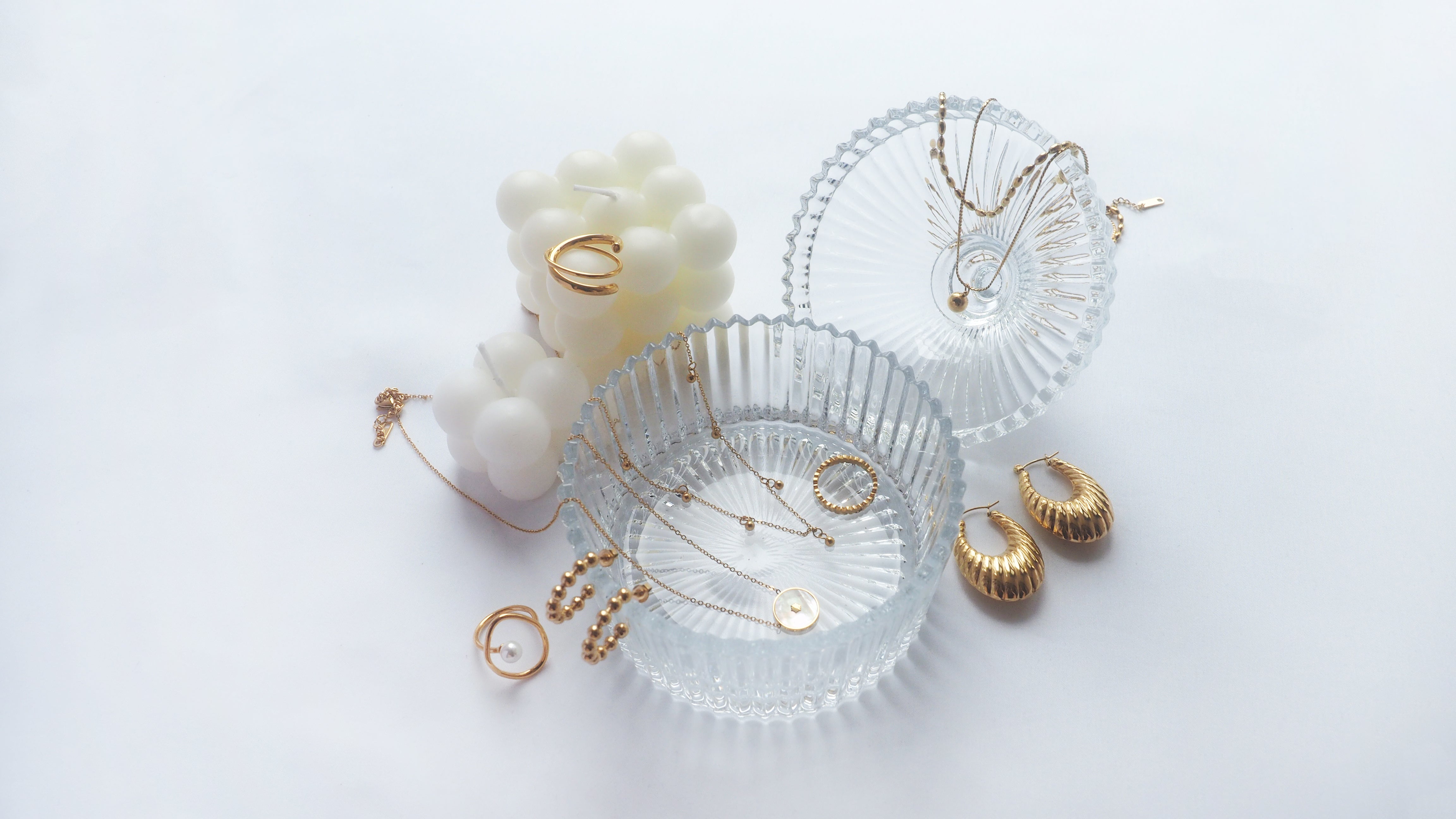
Jewellery Metals That Don’t Tarnish
Have you spent hours researching a piece of jewellery, been thrilled to wear it, but are left with an ugly blue-green tattoo where your jewellery sat after removing it? If so, it’s likely you’ve been the victim of tarnishing jewellery! Don’t fear, while this can be an annoyance, it’s typically caused by not selecting the right metals.
WHY DO METALS TARNISH?
Let’s start at the root: Not all metals tarnish, however, metals such as silver, copper, or nickel will tarnish when elements within the metal oxidize when exposed to air, sweat, or other chemicals (think hand sanitizers, cleaners, etc.). Tarnishing is actually a form of corrosion, and the off-colour it produces usually consists of the metal’s oxide or sulphide.
WHAT METALS WON’T TARNISH?
While there are many types of jewelry metals, not all of them will tarnish. In fact, a few specific metals are much less likely to change color or fade over time. These metals include:
1. Gold
In its pure form, gold is famously unreactive and thus will not tarnish. Note that gold jewelry is usually made of an alloy, mixing gold and other metals prone to tarnish. So, gold below 18k will tarnish, while gold above 18k is unlikely to tarnish.

2. Titanium
Titanium is another highly inert metal that remains resistant to tarnish and corrosion, even after many years of usage. It remains shiny, even with prolonged exposure to moisture and air. Titanium is one of the metals that are black and elegant with excellent strength yet lightweight.
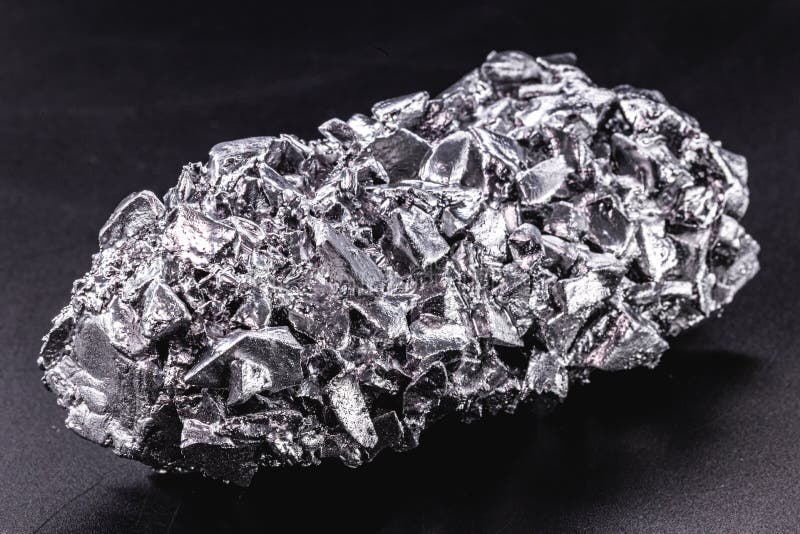
3. Platinum
Platinum doesn’t tarnish, but it does for a patina over time. A patina is an oxidation layer that forms on metal over a long time. In the case of platinum, the patina doesn’t form due to corrosion. Instead, it forms where the metal gets scratched or dented. While some may view platinum’s patina as unsightly, others prefer this appearance and carefully preserve it.
Platinum is an excellent metal for jewelry since it’s strong and hypoallergenic. This means that it offers a secure setting for diamonds, and you won’t suffer from allergic reactions to them.

4. Stainless Steel
Technically, stainless steel does tarnish, but it takes a really long time for this to happen. The chromium in the stainless steel alloy is inert and protects the metal from rust and corrosion. When exposed to harsh environments, stainless steel will corrode, however. So, suppose you wear stainless steel jewelry. In that case, I suggest removing it before diving into a chlorinated pool or working with any harsh chemicals.

5. Palladium
Palladium is highly inert, scratch-resistant, and it looks like sterling silver and platinum. This makes it an ideal jewelry metal since it won’t tarnish. That means that it will shine like new, even after many years of continued wear. As a jewelry metal, it has really low maintenance. Unlike other jewelry metals, it doesn’t need rhodium plating or frequent polishing to maintain its luster.
6. Cobalt
Cobalt is another inert metal that doesn’t tarnish, ever. It’s also naturally lustrous, so it doesn’t require plating or regular polishing to maintain that gorgeous shine.

7. Rose Gold
As with gold, rose gold is an alloy. Here, the copper content is increased to give it that beautiful red hue. Since gold is inert, rose gold won’t tarnish. However, over time, it will develop a patina, a light protective layer due to the copper’s reaction with air and moisture. This will enhance the reddish hue of rose gold and is highly sought-after in the jewelry world. If you find it unsightly, you can remove it by polishing and cleaning it.
8. Tungsten Carbide
There are two grades of tungsten carbide: industrial grade, which uses a cobalt binder, and jewelry grade, which uses a nickel binder. The nickel binder protects tungsten carbide from rust and corrosion, while the cobalt version doesn’t. This is also the difference between expensive and low-cost (less than $50) tungsten carbide rings. The less expensive version usually uses industrial-grade tungsten carbide, which will rust and tarnish.
9. Niobium
Niobium, with its silvery sheen, is another inert metal. It won’t tarnish, rust, or corrode when exposed to air or moisture, making it ideal for long-wearing jewelry.
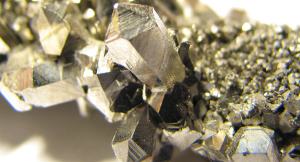
10. Aluminum
When aluminum comes into contact with air or moisture, it reacts to form aluminum oxide as a thin surface layer on the metal. While this hard, white surface layer protects the metal from tarnish, it doesn’t protect it from corrosion. Aluminum corrodes, which reduces the metal’s initial luster, rendering it less attractive as a jewelry metal.
These metals will not tarnish even when exposed to oxygen, moisture (humidity and sweat), chlorine from pool water, saltwater from oceans and seaside areas, or other harsh chemicals. They will also maintain their shine over time with proper care.


